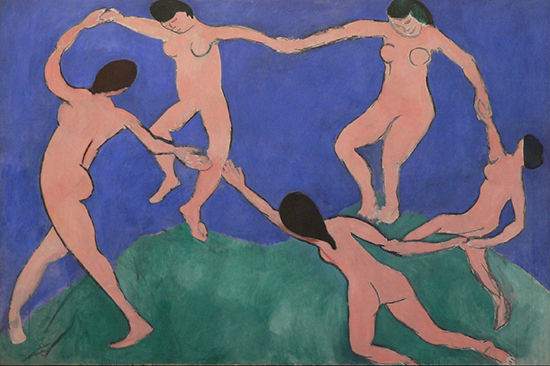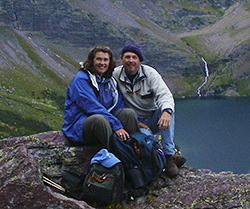The Artist's Road Guide to Composition (Excerpt)The Artist's Road
Guide to Composition (This excerpt of the in-depth article is provided to you, the readers of Artist Daily, as part of the Artist Daily freemium, The Color Wheel and Beyond. To read the entire article (located in our Members Only content) won't you consider joining us as a Member. Click here to see all the Members' benefits.)
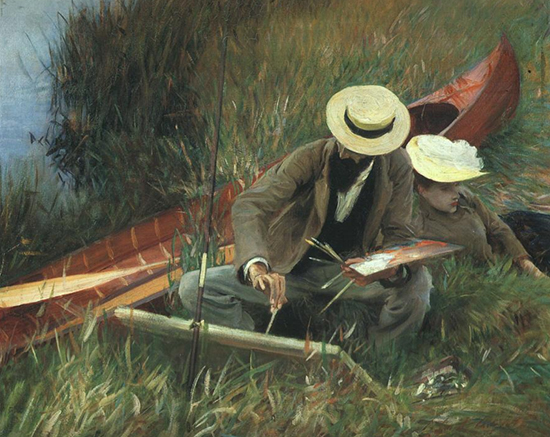 Paul Helleu and his Wife John Singer Sargent Paul Helleu and his Wife John Singer SargentNo matter how good one gets at painting, if the composition or design of your picture is dull or flawed, no amount of fancy brushwork will save it. That’s why it is essential to understand what makes a good composition. The Power of Intention: The job of the artist is to select what is most interesting to him or her and then present that in a form that precisely communicates their intentions. Often, this selection and then re-presenting of the world involves an intentional heightening or exaggeration of some visual elements by the artist, and simultaneous minimization or elimination of other elements to communicate the desired idea about the subject. While it is very important to have a working knowledge of the various compositional tools at our disposal, the most important skill the artist needs to have is to be able to pre-visualize the composition which best expresses his or her intentions before brush ever touches paint. The Legacy of Cezanne Paul Cezanne understood the importance of pursuing his unique vision of the world in his art while simultaneously working to develop an entirely new way of painting reality. His painting, The Basket of Apples is an excellent example of his sophisticated sense of composition and his revolutionary use of color, shape, masses and texture. Balance in composition was very important to him and he labored over his still life arrangements until he got them just the way he wanted. Today, it is difficult for us to imagine just how radical his work looked to Parisians of the 1890s. We have already been prejudiced to accept his paintings as extraordinary works of art. However, his pioneering efforts kick-started the development of modern painting and started a movement which has influenced generations of painters right up to the present moment. Let's examine the compositional anatomy of his painting, The Basket of Apples, and see what can be learned. Establishing a Focal Point The main elements of a painting must not have equal emphasis, color, value or detail - something must dominate in order to provide a focus for the viewer. All other elements must support that leading actor by either leading the eye directly toward it, or by contrasting with it, or by setting the stage for it. Eliminate any elements which do not add something important to your composition. Simplicity is often the wisest path to expressing a good idea clearly and forcefully. What is the focal point in Cezanne's painting? 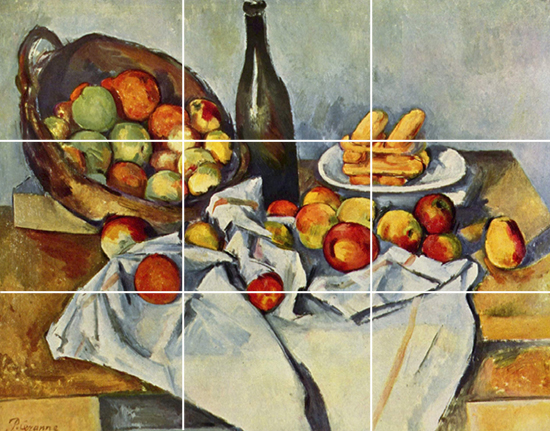 The Basket of Apples Paul Cezanne The Rule of Thirds 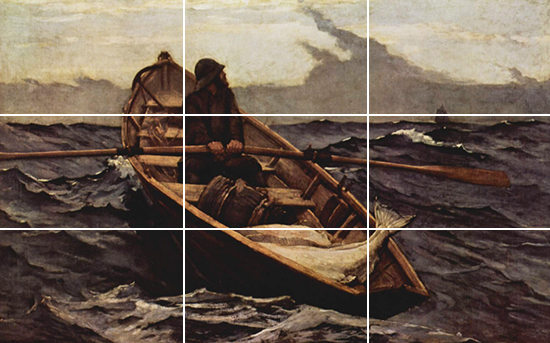 Illustration of Homer's Use of The Rule of Thirds in The Fog Warning Smith’s guideline recommends that an image should be imagined as divided into nine equal parts by two equally-spaced horizontal lines and two equally-spaced vertical lines, and that important compositional elements should be placed along these lines or their intersections. It has been said that aligning a subject with these points creates more tension, energy and interest in the composition than simply centering the subject would. The main reason for observing the rule of thirds is to discourage placement of the subject at the center, or prevent a horizon from appearing to divide the picture in half, but that is a rather basic use of the technique. The real benefit from using the guideline is that it gives the eye a more interesting and natural place in which to look first for the focal point of the painting. 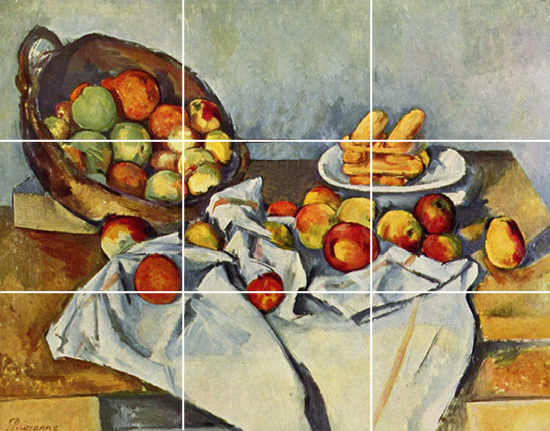 Without the bottle, does your eye move in the same way? To see more information on composition including examples of: creating a path for the eye, using masses and shapes, repetition and rhythm, asymmetry and symmetry and linear perspective, please join us as a Member of The Artist's Road.
Already a Member? Click here to go to the indepth article. |
Become an Artist's Road Member Today!
Already a Member?Log in here. To renew your membership, log in and follow the links. Search the SitePerspectivesNot ready to become a Member yet? Subscribe to our free email postcards, "Perspectives". Enter your email address here.
Member ContentFree ContentThe Artist's Road StoreNocturnes - A Primer on Night Painting Filled with inspirational examples by the masters of nightime painting, this little book is sure to fire up your creative energies. Never tried painting at night? We show you how it's done with a step-by-step-oil demo and a tale of night painting in the wilds of Rocky Mountain National Park. The Primer on Night Painting - Nocturnes is a 7 x 7" PDF download with 40 pages of text and images. It includes a gallery of paintings by masters of the nocturne, information to inspire and encourage you in your plein air nocturne painting, an illustrated step-by-step demo and tips for working in pastel and oil. Also available in a softcover edition. Check out the tools and other products that we use in our own art and travels in The Artist's Road Store. We only offer things for sale that we enthusiastically believe in.
About Us
|
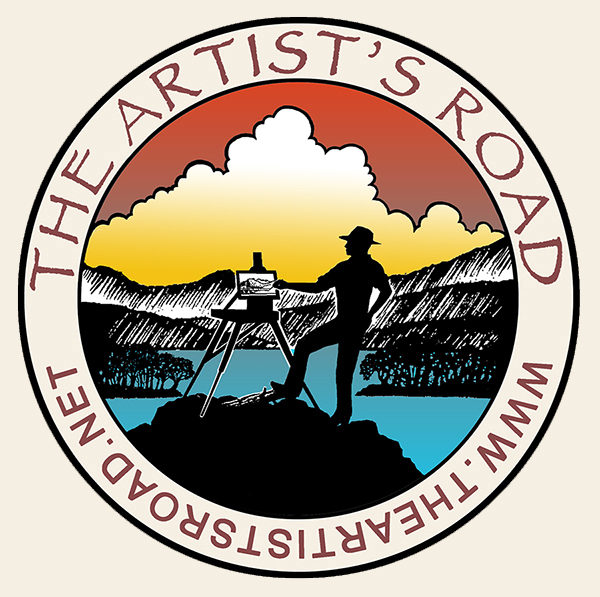
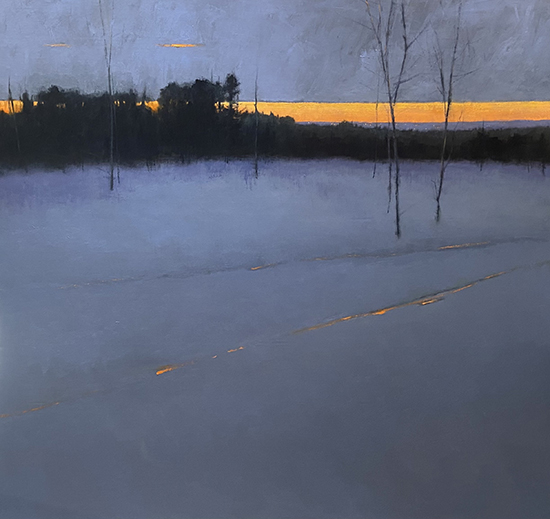
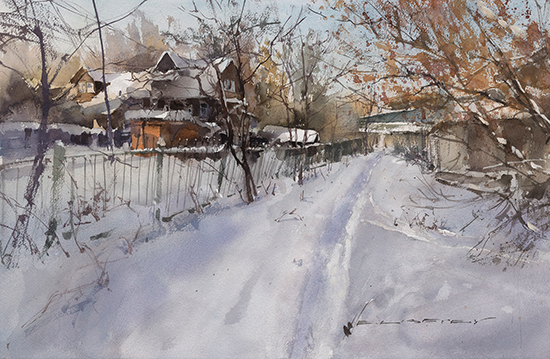
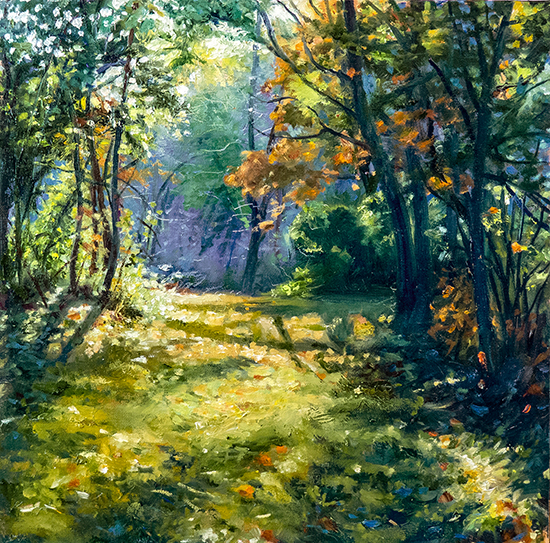
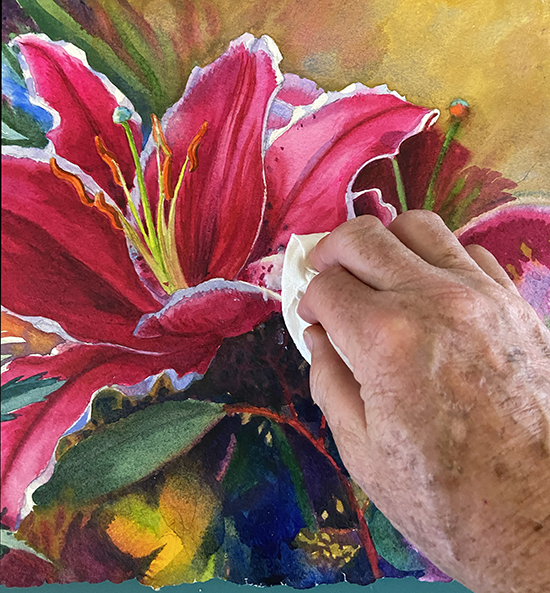 ing Watercolors
ing Watercolors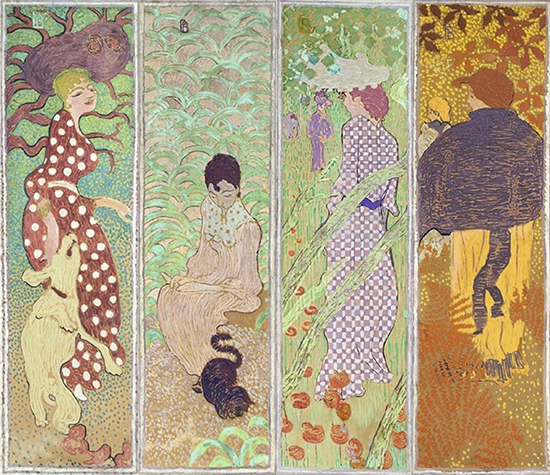 Pictures of the Floating World
Pictures of the Floating World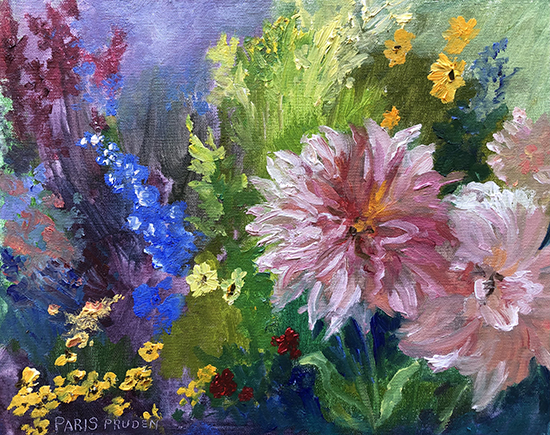 Artists' Gardens
Artists' Gardens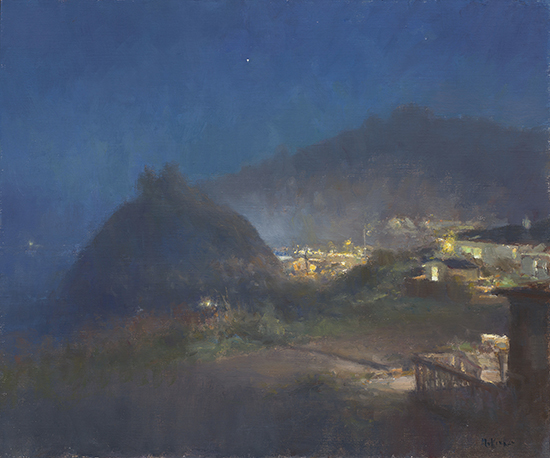
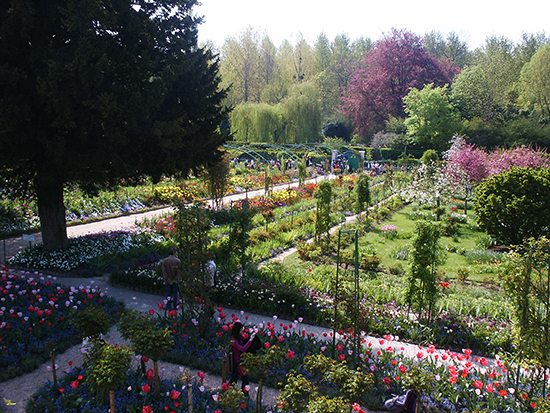 Inspiration in Monet's Gardens
Inspiration in Monet's Gardens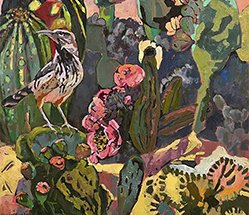
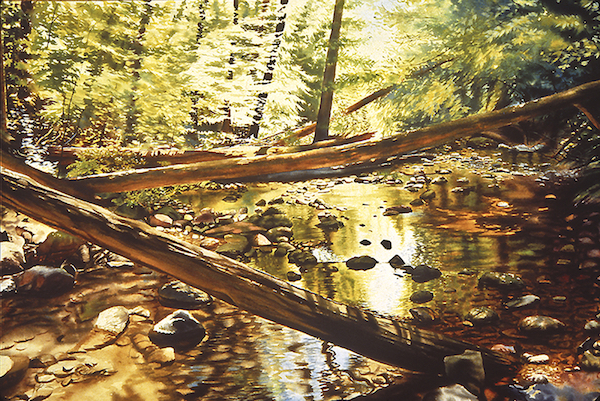 The Watercolor Medium
The Watercolor Medium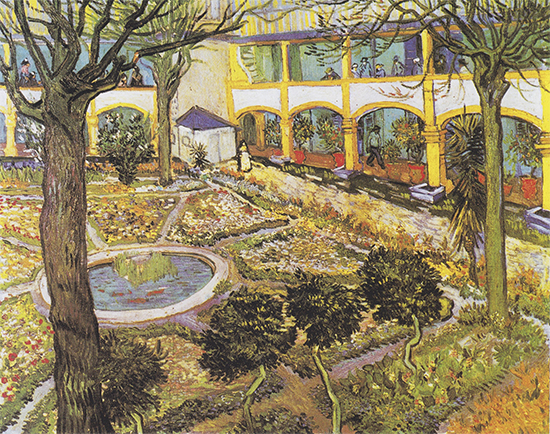 Paintings & Their Places
Paintings & Their Places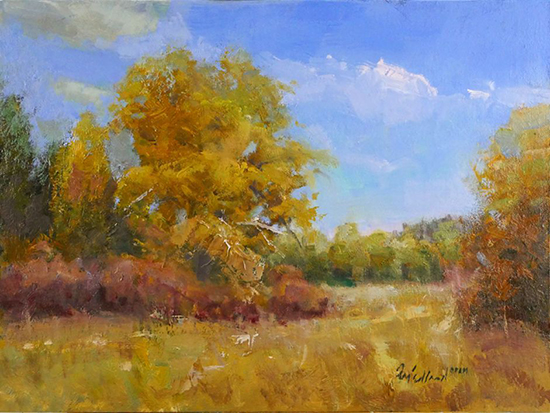
 Essential Photo Tools for the Landscape Artist
Essential Photo Tools for the Landscape Artist